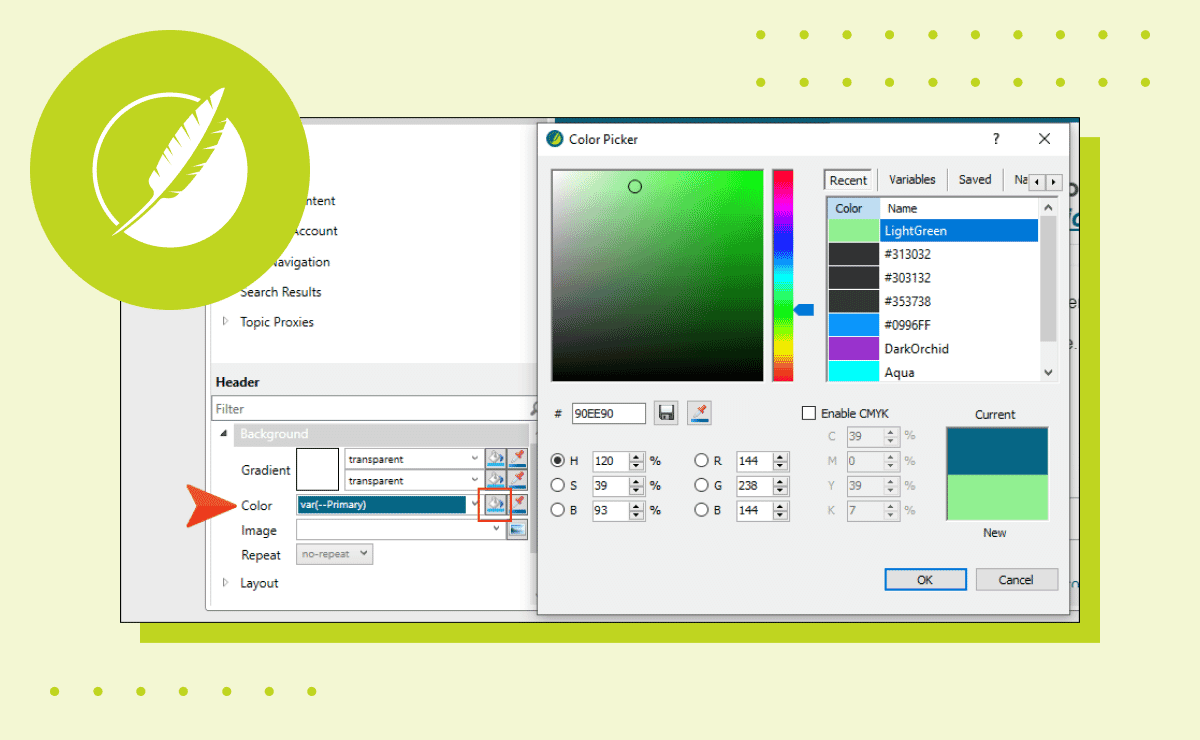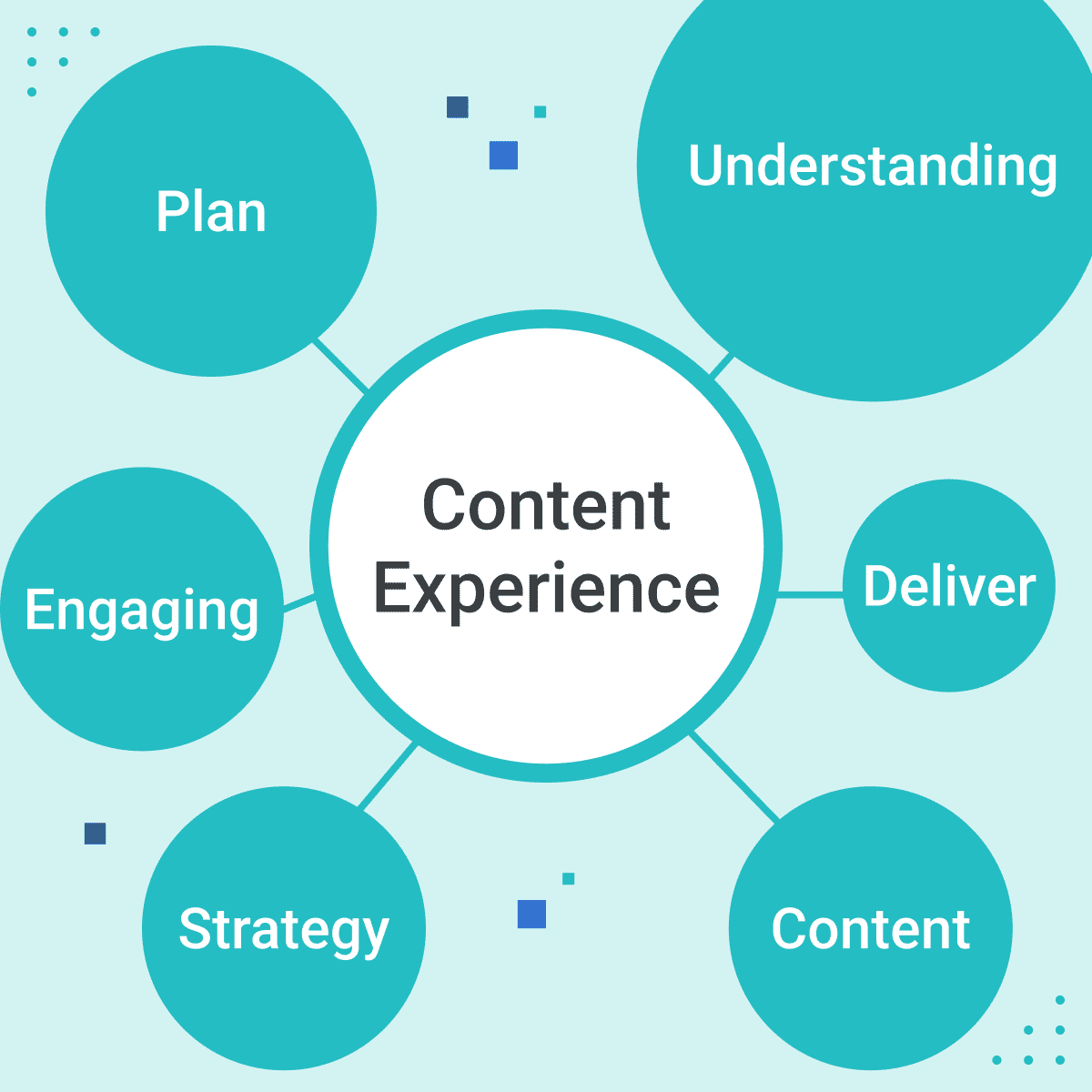This guest blog was written by Christine Crafton, CPTD®. She is a seasoned Instructional Designer at Hewlett Packard Enterprise (HPE), specializing in the creation of technical training for HPE Aruba Networking products and solutions. With an impressive 23-year career in training and 13 years dedicated to instructional design, Christine brings a wealth of expertise to her role. Concurrently pursuing her MA in Instructional Technology at the University of Alabama, Christine values family time, outdoor activities such as hiking, and staying active with her Peloton bike.
In today's digital age, content is king. Marketers invest significant time and effort crafting compelling content to attract and retain their target audience. However, it's not just about what you say—it's about how you say it. This is where content experience comes into play. Content experience is a critical aspect of content marketing and has a significant impact on user engagement, retention, and overall success.
Content experience refers to the environment or context in which your content is presented and consumed. It encompasses various elements, from design and layout to user interface and interactivity. In essence, content experience aims to make your content not only informative but also enjoyable, memorable, and shareable.
The content experience matters because it directly influences how your audience perceives and interacts with your content. A positive content experience can lead to increased engagement, better user satisfaction, and, ultimately, more conversions. Let's delve deeper into the reasons why content experience is of paramount importance.

1. First Impressions Matter
Imagine you visit a website, online help, or technical document with a cluttered layout, hard-to-read text, and slow-loading images. Your first instinct is to leave, right? That's the power of a bad content experience. It can drive away potential customers within seconds. On the flip side, a clean, visually appealing, and user-friendly content experience can draw people in and encourage them to explore further. Your content needs to welcome visitors with a well-structured layout, clear messaging, and intuitive navigation, creating a positive first impression.
2. Enhanced Engagement
When your content is presented in an engaging way, it captures your audience's attention and encourages them to interact with it. Interactive content like quizzes, videos, and infographics can significantly boost engagement and dwell time.
3. Improved Retention
Content experience plays a crucial role in retaining your audience. If visitors have a seamless and enjoyable experience while navigating your website or app, they're more likely to return for more. Content personalization and recommendation engines can further enhance user retention.
4. Positive Brand Image
Your content experience reflects your brand's values and commitment to delivering quality. A well-designed and user-friendly content experience contributes to a positive brand image. On the other hand, poor content experience can harm your brand's reputation.
5. Influence on Search Engine Optimization (SEO)
Search engines consider user experience when ranking websites. A well-optimized content experience contributes to better SEO rankings, increasing your visibility in search results and attracting more organic traffic.
6. Conversion and Revenue Boost
The ultimate goal of your content is to drive conversions. A seamless content experience can lead users down the conversion funnel, resulting in increased sales, sign-ups, or other desired actions.
How to Create a Remarkable Content Experience

Now that you understand the importance of content experience, you need to be able to create a remarkable experience. Creating a new content experience is not just about novelty, but about meeting modern users' expectations for interactive and personalized engagement. Here are some strategies and considerations for creating a remarkable content experience:
1. Responsive Design: Unlike the classic content experience, which was linear and static, today’s digital landscape requires dynamic and engaging formats. Be sure your content looks and functions well on various devices and screen sizes. A responsive design adapts to the user's environment, improving the content experience. When developing content, MadCap Flare allows you to develop a responsive design for computers, laptops, tablets, and cell phones.
2. User-Centric Approach: Keep your audience in mind when designing content. What information are they looking for, and how can you present it in the most user-friendly way? This really is a big one. Making your audience and customer, the focus shows in the way your site is laid out, readability, and flow. B2B buyers, for example, require content experiences that are informative, credible, and demonstrate value.
3. Load Times: Optimize your website's loading speed to prevent user frustration. Slow load times can negatively impact the content experience. A study by Google showed that when a website meets critical performance criteria known as Core Web Vitals, there's a 24% decrease in the likelihood of users abandoning the site during page loading, underscoring the importance of optimized load times for improved user engagement.
4. Accessibility: Make your content accessible to all users, including those with disabilities. Ensure compatibility with screen readers and follow accessibility guidelines. Using high contrast design and web-safe colors are vital considerations for accessibility, particularly for individuals with ADA needs. High contrast ensures that text and interactive elements stand out against their backgrounds, aiding those with visual impairments. Meanwhile, web-safe colors are designed to be consistently recognizable across different displays and operating systems, offering a reliable visual experience for users with color vision deficiencies.
5. Consistency: Maintain a consistent design and tone throughout your content. This builds trust and familiarity with your audience. MadCap Software provides excellent templates that have a consistent look and feel. Or you can customize it based on your marketing guidelines.
6. Interactive Elements: Incorporate interactive elements like quizzes, surveys, and videos to engage users and make the content more dynamic. It is easy to create a quiz or insert videos in your content. Social media platforms have redefined content experiences, demanding strategies that are shareable, conversational, and tailored to each platform's unique environment. Look to pull your audience from where they are to easy bring them into your brand experience.
7. Personalization: Personalized content increases relevance, which can lead to a higher conversion rate. Use data and algorithms to deliver personalized content recommendations to users, increasing their satisfaction and engagement. For example, if a user needs to log in to see your content, have that name carried as a variable within the content. If searching, the search results page can display "Hello XYZ, here are your search results."
8. Storytelling: Craft compelling narratives to make your content memorable and emotionally resonant. This also goes back to being User-Centric. Tell a story, a narrative that draws on a foundation that everyone has imagined or can picture in their mind. As they follow along, they will be able to organize and emotionally connect to your content to remember it.
In conclusion, content experience is not an afterthought; it's an integral part of content marketing. By prioritizing content experience, you can create a more appealing, engaging, and compelling content strategy that resonates with your audience, enhances your brand, and drives results. MadCap Flare provides all the technology tools to be able to deliver sophisticated, personalized content experiences across various platforms and devices, streamlining the process of content creation, management, and delivery to meet the dynamic needs of today's digital consumers.











